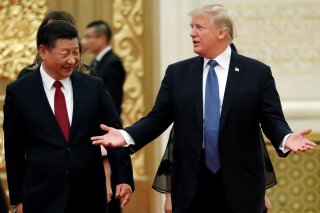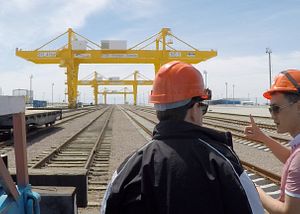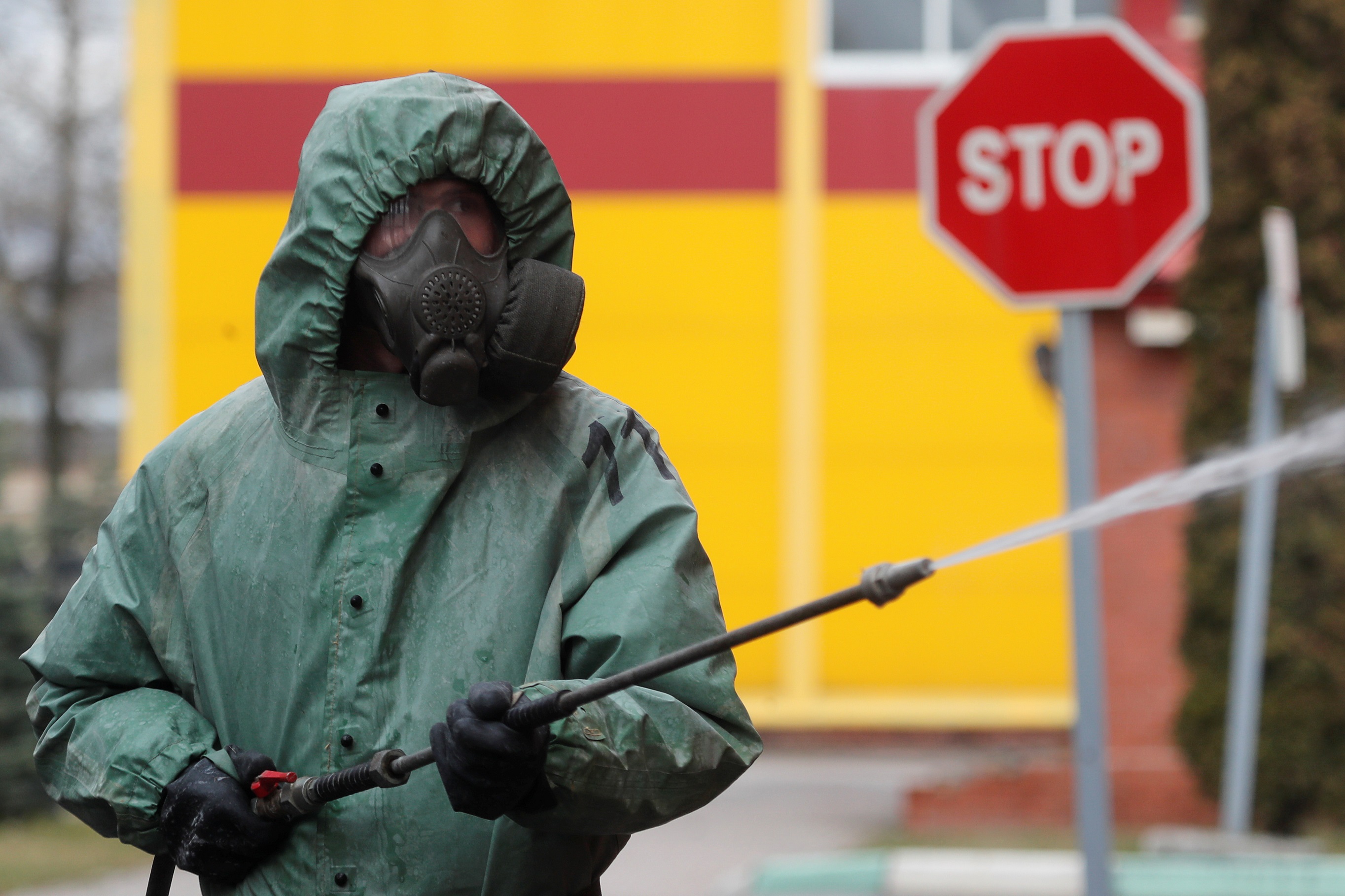Over the next many months, India’s economy will need to operate alongside COVID-19 by building the capability to manage granular, dynamic, and localized lockdowns and restarts.
Open interactive popup
COVID-19 is an unprecedented humanitarian challenge for all countries. Six weeks of national lockdown have given India the time to make a concerted effort to flatten the pandemic’s curve. Now attention is shifting to reopening the economy while containing the virus: a conundrum many other nations are also grappling with.
In the past six weeks, India’s economy has functioned at 49 to 57 percent of its full activity level, by our estimates. That economic cost, though unavoidable in the early stages of a lockdown, might not be sustainable in the longer term. It is becoming increasingly clear that COVID-19 will not disappear immediately; the economy will need to be managed alongside persistent infection risks, possibly for a prolonged period. After reopening, some countries have needed to resume lockdowns in response to rising infection rates, and India may be no exception.
How Indian businesses, consumers, and workers are equipped to resume their activities, even amid the ebb and flow of the virus, will decide how lives and livelihoods fare in India. Effective management of lockdowns, along with health-system preparedness1 to manage and contain the virus), will be a critical capability for Indian administrators, since restarting the economy comes with risks. The lockdown- and restart-management capability will have to be granular and dynamic, with local implementation closely aligned to state- and central-government policy and support from high-quality communication.
Implications of lockdown to consider











